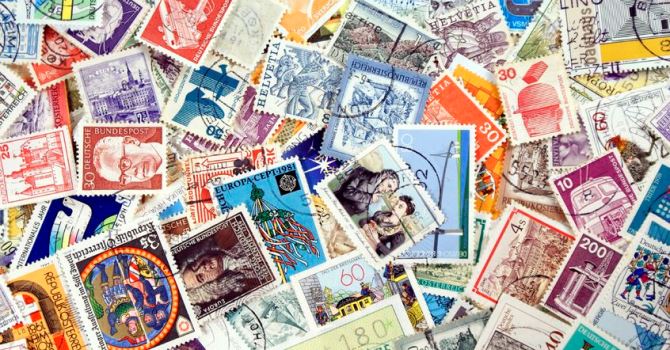
by
Not everything becomes an investment asset. Even if something qualifies as investment for individual investors, the same cannot always be said for institutional investors.
For instance, many wealthy individuals purchase works of modern art as a form of investment. But is it appropriate for a pension fund to do so, even when the price of art is actually rising significantly, indicating quite a strong investment performance?
About three decades ago, I saw a research paper by a renowned American investment bank that showed the ultra-long term performance of various investment assets. Among stocks, bonds and properties, I remember there were also postage stamps. Probably that’s why the report has remained in my memory, though it’s a shame that I can’t recall whether the stamps performed better than stocks and other assets.
Throughout my career, I have had chances to look at all kinds of investment funds, including one for French wine. Its structure is simple: the fund invests in a strictly limited range of young Bordeaux wines and let them age for a number of years before shipping them. According to the manager, the fund was outperforming the stock market.
Nevertheless, paintings, stamps and wine are unlikely to qualify as objects of investment for institutional investors. That said, such assets may be combined with financial techniques to create an appropriate investment asset.
Land is a good example. Vacant land may be an investment asset for individuals, but not for institutional investors: anything that lacks value to invest in other than expectations of a price rise may call for speculation but not investment. On the other hand, if you build a building on the land and establish a system to collect rents, which is to convert the land into a revenue-generating property, it becomes by all means an investment asset.
The key here is cash flow. The value of investment in a property that generates rent income can be recognized as the present value of the future cash flow to be generated from that property, and could qualify as an investment instrument.
In this way, wine and paintings may also be converted into investment assets through restaurant and art businesses, which are structures that generate cash flow.
However, stamps are unlikely to have such an underlying business. As long as they stay the object of interest only among individual collectors, however high their price may be expected to rise, they would not qualify as an investment asset for institutional investors.

